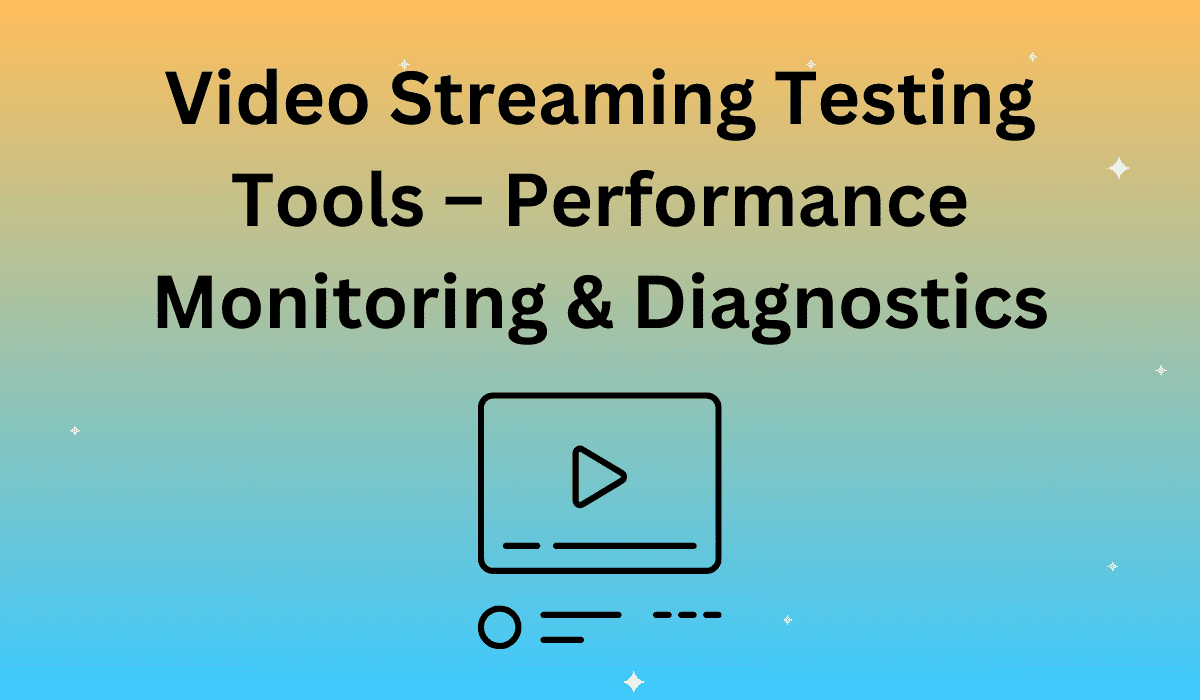In an era characterized by the explosion of data in countless forms, real-time traffic on the internet is growing rapidly.
Application streaming is one of the primary areas in which real-time data must be captured and delivered instantaneously.
Streaming data is not only used in entertainment, but also essential for business operations of many kinds. Streaming applications include online instructional training, remote security monitoring, telemedicine, live news, and much more.
In a technical sense, data streaming can be defined as a mechanism for transferring data between memory and instruments. The memory can be on a host PC, a hard disk, or another device.
For any streaming application, seamless streaming must be ensured for maximum video performance. There are different streaming protocols available in the market, such as RTPM (Flash-based) and HTTP Live Streaming (HTTP-based), along with many others. HLS in particular is widely used, as it is supported by both iOS devices and HTML. There are also many different video streaming testing tools.
Performance Testing Streaming Data and Applications
It is critical to test streaming data and applications prior to launching them in real-time to ensure the video streaming quality is meeting your user’s expectations with a proper video quality measurement software.
Streaming data testing measures TCP socket-to-socket connections for jitter — one of the key areas affecting real-time streaming data flow. Other tests performed during streaming data testing for video, audio, and other forms include:
- Network connection tests, such as verification of the connection using RTCP and RTP over a UDP connection. The data stream is also analyzed for multimedia performance. Additional network connection tests can be performed using RTSP over a TCP connection. This is the most common protocol used for video stream monitoring over IP.
- Measurement of jitter and packet losses. As most video streaming data is transmitted over TCP protocol, packet loss is very rare, but jitter is a common issue. If a packet is dropped during transmission, TCP will retransmit it — but a jitter spike will degrade the quality of the output.
The Basic Streaming Testing Process
For most streaming data testing, an artificial data stream is generated for a specific target.
In this process, various patterns and loads of data can be generated. Simulators generally create NetFlow packets containing specific traffic patterns for a particular type of testing. There are different tools available that can generate these traffics (which are basically data streams) and then monitor the streaming data movement.
For more information and help with testing streaming applications and data, please get in touch with us here at Apica.











